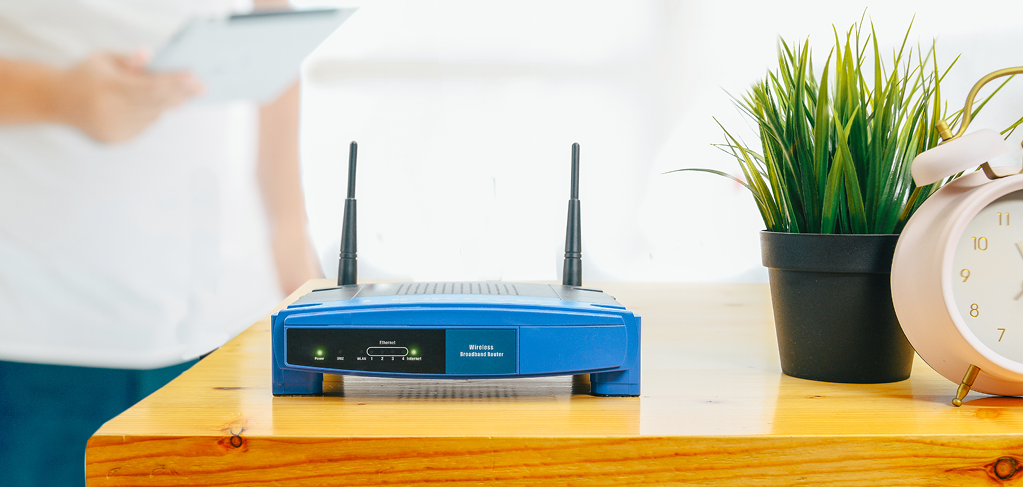
It’s that time of year again, school is well underway and we’re about to start looking forward to the holidays. Whether your child is back in the classroom or taking advantage of remote learning opportunities, chances are their technology and internet use is ongoing. This is a great time of year to review your home network settings, making sure you and your family are secure while online.
According to a recent survey, the average household has over 10 devices connected to their home network. In my home, I’d guess we have no less than 60 devices connected to the internet - Smart TVs, game consoles, computers, tablets, phones, and IoT-connected devices like smart light bulbs and plugs. A recent Gartner study confirmed, that number will only continue to grow for most households. They predict that by 2021 there will be 25 billion IoT-connected devices worldwide.
What is a home router?
If you ask anyone in my household, they will tell you that the router is the most important device in the house. If the internet goes down, one of my children will be quick to let me know that they just lost their current game of Fortnite or ROBLOX. The router is the hub of your home network. All our home devices connect through the router to access the internet – it’s the middleman between the internet modem and your devices, and provides the Wi-Fi to connect wirelessly. It is also the device that helps protect all the devices from the bad guys on the internet. Without a router, any device connected directly to your cable or DSL modem might be exposed directly to the internet.
Fear not, all is not lost – here are some tips that can make sure your home network is secure:
Secure your Wi-Fi, NOW!
Users today purchase a home router to make sure that they have wireless internet access throughout their home. Because these routers are broadcasting wireless information, they make an easy target for someone to attack if the bad guys are within range of your wireless network. If the bad guys can access your home network, they might see your internet activity, including usernames and passwords.
Change the Service Set Identifier (SSID) from the default name to something unique. Most manufacturers use the same SSID for all models of their home routers. By keeping the SSID the default, you are exposing the make and model of your home router to the bad guys, they could use this information to get the default username and passwords to your router or use that information to determine if any vulnerabilities could be exploited.
Change the password when you purchase a router. The first thing you should do is make sure that you update the default password. If you have read previous Tech Tips in our Partners magazine, you know you should use a strong password that comprises at leave 15 characters. The password should be unique to this device and, for extra points, store these passwords in a password manager. Changing this password will make sure that bad guys cannot access the administrator settings for your router.
Make sure that WPA is enabled. This makes certain that information going from Wi-Fi devices inside your network to your router is secured. You can easily determine if your home network is secured today because there will be a lock icon by the SSID name and when you connect to that Wi-Fi, it will prompt you to enter a password. At a minimum, if all your devices support it, make sure your Wi-Fi security is configured for WPA2. However, newer routers might offer support for WPA3 security, which offers additional security benefits.
Update the passphrase once you configure the WPA setting. Make sure that you are updating the default passphrase to a strong, unique passphrase. The passphrase is used for your devices to establish a connection and access your home network.
Update the software of your router sometimes known are firmware, just like you update your mobile devices or home computer. Your router also needs to be updated. These updates typically provide fixes for recently discovered security vulnerabilities as well as fixes to software issues. Make sure you are using a device that is connected to the router using a wired connection before you attempt to upgrade the firmware.
Enable additional security settings available for your router if available, newer routers have very robust easy-to-configure firewalls that provide additional protection to what may access devices inside your network.
The average household has never been more reliant on its home network – hopefully, these tips will provide you with additional peace of mind that your home network is secure!
To view the article in the online 2021 Fall Partners Magazine, click here.


